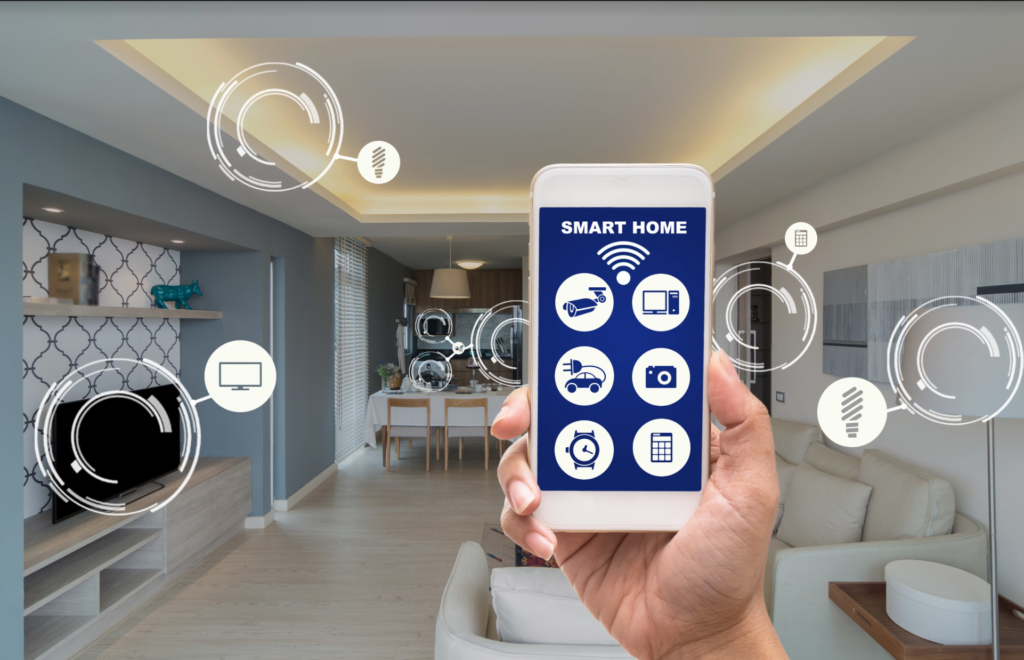Smarter Home Systems: Explanation, Examples, Benifits and Design
As technology continues to advance, the concept of smart homes is becoming more popular. Smart homes refer to a system of interconnected devices that work together to make your life easier and more convenient. In this article, we will explore what smart home systems are, the benefits they offer, and some examples of how they can be used.
What are Smart Home Systems?
A smart home system is a network of devices that are connected to each other and can be controlled remotely through a smartphone, tablet, or computer. These devices can be anything from light bulbs, thermostats, and security cameras to smart locks, kitchen appliances, and even home entertainment systems. The system can be programmed to perform certain actions automatically, such as turning off the lights when you leave the room, adjusting the temperature when you’re away, or playing your favorite playlist when you walk in the door.
Examples of Smart Home Devices
Smart home devices can be categorized into different types based on their functions. Here are some examples of popular smart home devices:
- Smart Thermostats: These devices learn your heating and cooling habits and automatically adjust the temperature to your preferences. Some popular brands include Nest, Ecobee, and Honeywell.
- Smart Lights: These devices can be controlled remotely and can be programmed to turn on or off automatically based on certain criteria. Philips Hue and LIFX are two popular brands.
- Smart Locks: These devices allow you to lock and unlock your doors remotely using a smartphone app. Some popular brands include August, Schlage, and Kwikset.
- Smart Security Cameras: These devices can be used to monitor your home remotely and can send alerts to your smartphone if they detect any unusual activity. Popular brands include Ring, Nest, and Arlo.
Benefits of Smart Home Systems
- Convenience: Smart home systems make your life more convenient by automating tasks and giving you more control over your home environment.
- Energy Efficiency: Smart thermostats, lights, and appliances can help you save energy and reduce your utility bills by automatically adjusting to your usage patterns.
- Security: Smart home systems can help you keep your home secure by alerting you to any unusual activity and allowing you to monitor your home remotely.
- Accessibility: Smart home systems can make your home more accessible for people with disabilities by allowing them to control devices using voice commands or smartphone apps.
Designing a Smart Home System
Designing a smart home system can be a complex process, but it’s important to start by identifying your needs and priorities. Consider which devices would be most useful to you and which ones you can afford. It’s also important to think about how you want to control your devices – whether through a smartphone app, voice commands, or a central hub.
Conclusion
Smart home systems offer a wide range of benefits, from convenience to energy efficiency and security. By automating tasks and giving you more control over your home environment, these systems can make your life easier and more comfortable. With a variety of devices to choose from and different ways to control them, designing a smart home system that meets your needs is easier than ever.

